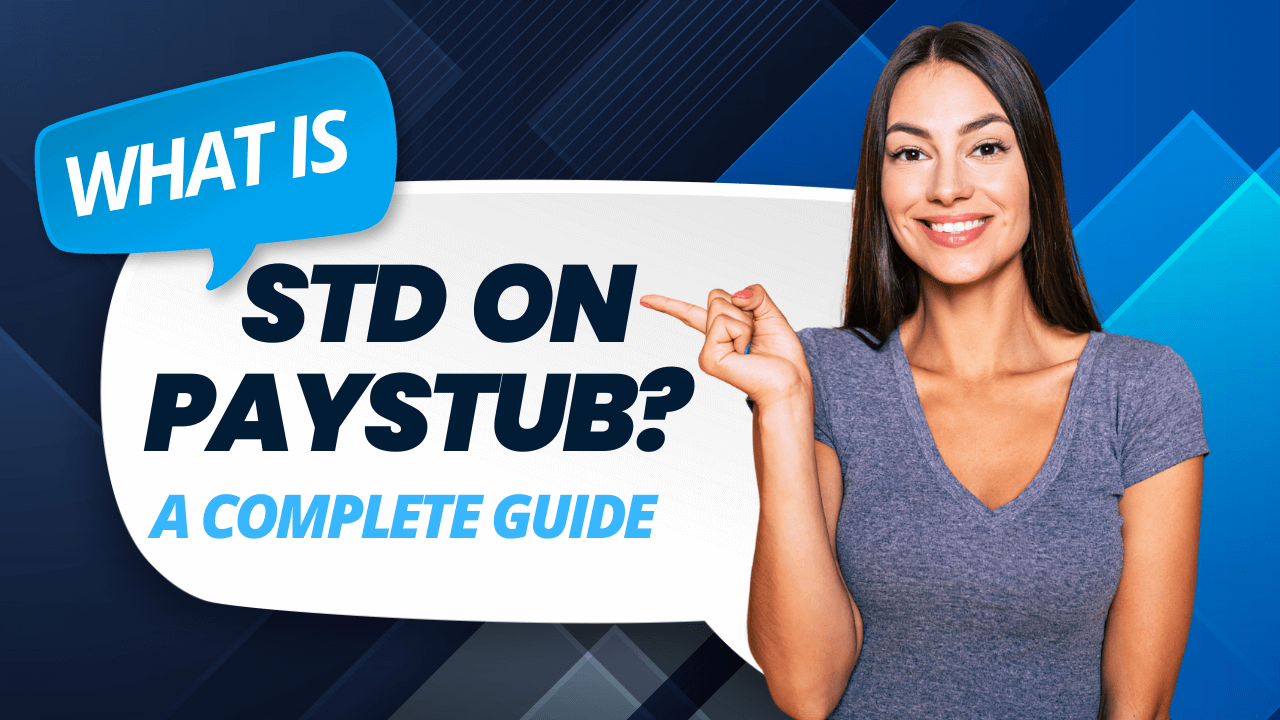As a tattoo business owner, one of your duties is to handle payroll for your tattoo artists. The most important element of payroll is creating pay stubs, or official proof of earnings for an employee or contractor. Whether for transparent financial records or satisfying tax requirements, pay stubs help you get there.
You will learn how to make pay stubs for tattoo artists and ensure the visibility, precision, and legality factors in them.
Why Tattoo Artists Need Pay Stubs
But before we get into the process, let’s discuss why tattoo artists require pay stubs. Regardless of whether artists are independent contractors or employees, pay stubs allow you to provide them with:
- Proof of income: Artists can use pay stubs as personal financial paperwork, for example, to rent apartments or apply for credit.
- Tax: Pay stubs aid in confirming proper tax withholding and may be necessary for tax filing.
- Legal protection: You and your artist(s) need to protect yourselves by making sure all payments and deductions are fully documented.
- Transparency in payments: Pay stubs can remove confusion around how much an artist is being paid and what kind of deductions (such as taxes, commission, or benefits) are being made.
Pay Stub Essentials for Tattoo Masters
A pay stub for a tattoo artist must have the following important information:
Business Information:
- Name of the tattoo studio
- Address and contact information
- EIN or TIN Number of Employer
Employee/Contractor Information:
- Artist’s full name
- Job title (e.g., tattoo artist)
- Employee ID (if applicable)
Pay Period:
- The beginning and end dates of the pay period
- Date of payment
Earnings:
- Gross: The full amount of money the tattoo artist earned during the pay period. This can either be an hourly rate, a flat rate per tattoo, or a commission.
- Commission: If the tattoo artist is on commission, provide an excerpt of the percentage and earnings on it.
Tips: If the artist gets tipped out, input the total amount tipped out during the pay period.
Deductions:
- Tax: Federal, state, and local taxes, deductions, and the amount withheld.
- Insurance premiums: Deduct the premium payment if the studio gives you such benefits as health insurance.
- Pension plan payments: If any, indicate the amount withheld for pension or retirement plans.
- Other deductions: These deductions might apply to union dues, loan repayments, or any other deductions you have in place.
Net Pay:
Net earnings: This is what the artist takes home after all deductions.
Hours Worked (if applicable):
If you are a tattooist paid hourly or part-time, list the number of hours worked for the pay period and your respective hourly rate.
Bonus/Overtime (if applicable):
Some tattoo artists might earn bonuses or overtime, particularly during peak seasons. These costs should be itemized on the pay stub.
Step by Step on Making a Pay Stub for a Tattoo Artist
Now that you have the critical aspects, let’s walk you through the process of making a pay stub for tattoo artists.
Step 1: Select a Pay Stub Template or Software
The first step you will need to take is to select the template or software to use to pay your employee.
There are two main ways to make pay stubs for tattoo artists:
- Manual Templates: Pay stub generators can be manual, where you are required to enter data via software like Microsoft Excel or Google Sheets to help make pay stubs.
- Pay Stub Creator: Some companies elect to use pay stub software to make the process easier and to have it done automatically. These types of tools have predefined templates built into them, which will calculate taxes and deductions.
Step 2: Enter Basic Business and Artist Information
Next, you’ll want to include your studio information and the artist’s information. Be sure to:
- Add the name and address of your tattoo shop.
- Enter the first and last name of the tattoo artist, along with the title of their job.
- Enter the pay period and payment date of the pay stub.
Step 3: List Gross Earnings
Here is where you enter the income generated by the tattoo artist for this pay period. This will depend on your business model, which could be something like:
- If the artist is commissioned per tattoo, state how many tattoos they have completed and their per-tattoo rate.
- If the artist is commissioned, figure the total with the percentage on each sale.
- If the artist is paid hourly, mark down all the hours worked and then multiply by the hourly wage.
Step 4: Calculate Deductions
After the gross earnings have been calculated, it is time to compute the deductions. The most common deductions include:
- Federal and state taxes: Make sure you are charged the correct tax rates based on the artist’s location and income level.
- Social Security and Medicare: These are U.S. deductions, which you are required by law to withhold at the rates currently provided by the IRS.
- Insurance: Deduct the amount if you offer health insurance and other benefits.
- Other deductions: You can subtract things like union dues, retirement contributions, or whatever else has been agreed upon.
Make sure the deductions comply with the artist’s agreement and legal norms.
Step 5: Calculate Net Pay
Net pay refers to the money that the artist will take home. Take the deductions from the gross amount. You end up with the artist’s net income—the number listed on the pay stub.
Step 6: Review for Accuracy
Review the pay stub for mistakes. Errors in calculations could have legal and tax implications, so it is essential to go through all the numbers carefully. You can and should use payroll software features that automatically look for common errors.
Step 7: Distribute the Pay Stub
You can pass the completed pay stub along to your tattoo artist once it’s done. There are multiple ways to approach this:
- Paper Pay Stubs: Print out the pay stubs and give them to your artists.
- ePay Stubs: Most payroll systems will let you send ePay Stubs (pay stubs you can send via email or post on a secure online website).
Be sure to keep copies of all pay stubs for your own records.
Tips on how to handle payroll for Tattoo Artists
- Be Open and Honest: Always keep communication lines open with your performers about what kind of pay structure, taxes, and deductions are in place.
- Stay within the rules: Make sure you are in line with the local, state, and federal tax laws. Get some tax advice if necessary.
- Employ payroll software: It can streamline calculations and lead to fewer errors.
- Time Well Spent: Prompt Payment Schedule payments regularly and distribute payments on time.
Conclusion
Making pay stubs for a tattoo artist is an important component of keeping up with payroll for your tattoo shop. If you’re working for independent contractors or employees, clear and detailed pay stubs help your artists keep track of what they’re getting paid and are legally required, as well as foundational for earning your artists’ trust. Through the process we provided above, you can easily make pay stubs for your artists based on their earnings, deductions, and net pay.
FAQ's
Why do tattoo artists need pay stubs?
+
Pay stubs help tattoo artists verify income for loans, rentals, taxes, and build professional credibility.
Can self-employed tattoo artists create their own pay stubs?
+
Yes! Independent tattoo artists can use online pay stub generators to create accurate, professional pay stubs easily.
What details should be included on a tattoo artist's pay stub?
+
Include the artist’s name, business name, pay period, gross pay, deductions, and net pay to keep records complete.
Are digital pay stubs acceptable for tattoo artists?
+
Absolutely. Most lenders and tax authorities accept digital pay stubs as long as they are accurate and clearly formatted.






